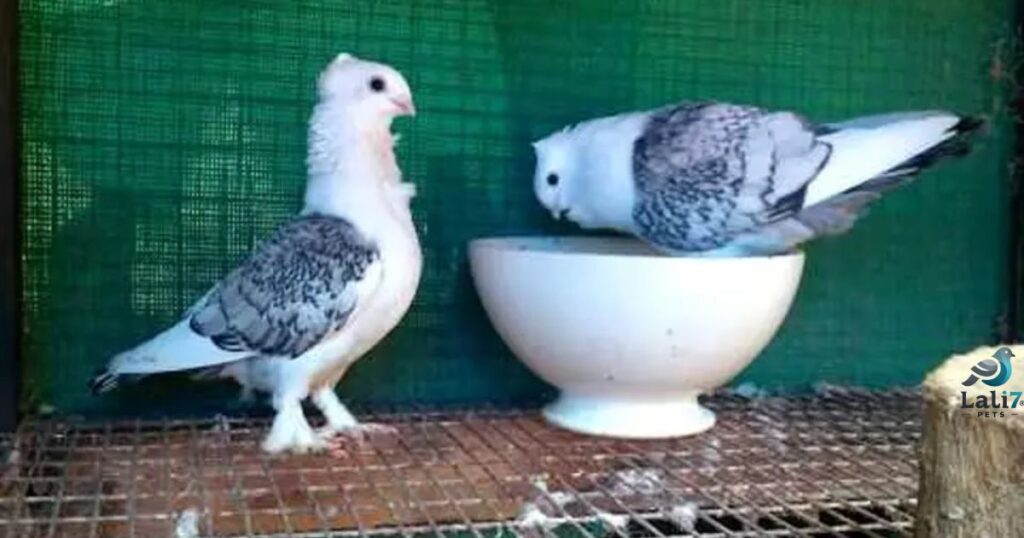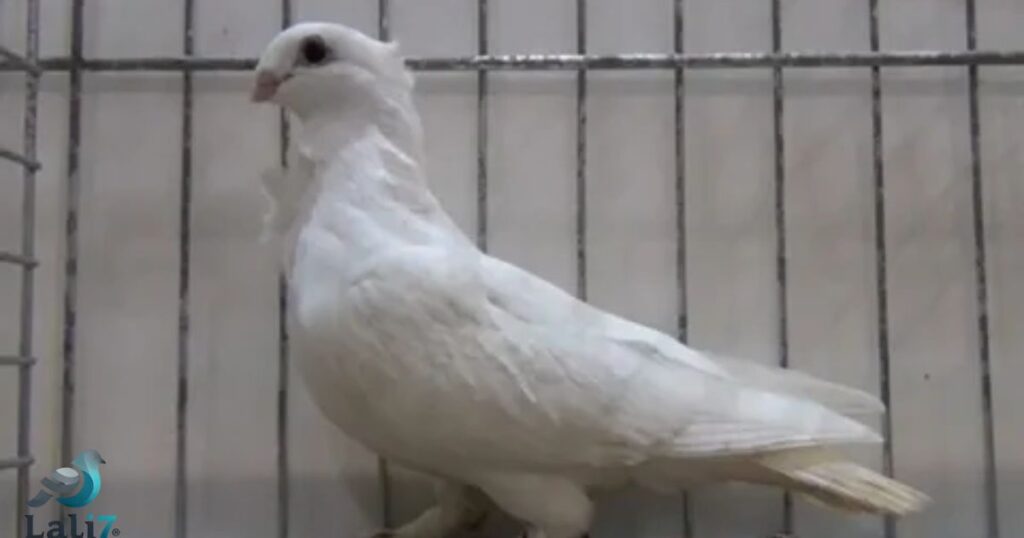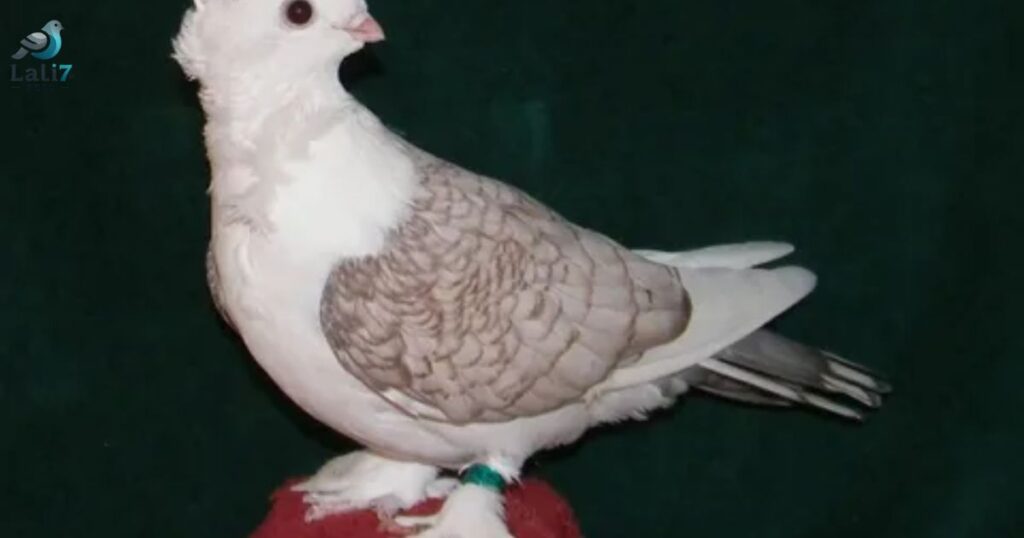The Classic Old Frill Pigeon, also known as the Old Fashioned Oriental Frill or Hünkari, is more than just a bird; it’s a symbol of aristocracy, elegance, and meticulous genetic craftsmanship. Bred exclusively for the Ottoman Sultans, this breed has a rich legacy, a distinctive appearance, and remains a beloved show and companion bird today.
From palatial rooftops in 16th-century Turkey to exhibition cages in modern North America, the Classic Old Frill Pigeon has traveled a majestic journey.
- 💰 Classic Old Frill Pigeon Price: What to Expect
- 🪺 Classic Old Frill Pigeon Eggs: Breeding the Royal Way
- 🎨 Blondinette Classic Old Frill Pigeons: A Style of Their Own
- 🧬 Classic Old Frill Pigeon Female: Choosing the Right Hen
- ⏳ Classic Old Frill Pigeon Lifespan: How Long Do They Live?
- 📐 Classic Features of the Breed
- 🛠️ How to Raise Classic Old Frill Pigeons: Step-by-Step Guide
- 📚 Frequently Asked Questions (FAQ)
💰 Classic Old Frill Pigeon Price: What to Expect
If you’re thinking of owning one, you might be wondering about the Classic Old Frill Pigeon price. Generally, the price depends on the bird’s lineage, markings, and exhibition potential.
- Show-quality birds: $75–USD 250
- Breeder-quality birds: $50–USD 100
- Pet-quality birds: $30–USD 60
You can find reputable breeders online, such as Stromberg’s Chickens, where birds are classified by quality and color.
🪺 Classic Old Frill Pigeon Eggs: Breeding the Royal Way

Breeding Classic Old Frill Pigeon eggs is a rewarding experience for any aviculturist. These birds still retain their ability to incubate and feed their squabs, which sets them apart from some modern show breeds.
Breeding Tips:
- Choose a healthy pair with complementary features.
- Provide a quiet nesting box and a calcium-rich diet.
- Monitor egg laying and hatching (typically 18 days to hatch).
Birds like Glasgow, a Blue Lace Satinette cock, have passed on strong traits, even when color bleed is a concern.
“Despite his imperfect markings, Glasgow’s babies often show better structure than many prize-winners,” says a long-time breeder.
🎨 Blondinette Classic Old Frill Pigeons: A Style of Their Own

Among the most visually striking types are the Blondinette Classic Old Frill Pigeons. Unlike Satinettes, which are shield-marked, Blondinettes are:
- Whole-colored
- Decorated with white bars or lace on the wings
- Adorned with Moon Spots or tail lace
Some have lacing that extends over the entire body, creating a lace-like pattern across their feathers. Their colors vary from Ash Red to Black Lace, each with a unique glow.
🧬 Classic Old Frill Pigeon Female: Choosing the Right Hen
When breeding, selecting a good Classic Old Frill Pigeon female is just as important as picking the male. An ideal female should have:
- A symmetrical frill
- A round, wide head
- A proud stance and clean crest
Take Rosequartz, an Ash Red Lace Satinette hen, for example. Despite her short muffs and a bit of unruly crest behavior, she throws beautiful chicks when paired well. Her frill, markings, and maternal behavior make her a cornerstone of her loft.
⏳ Classic Old Frill Pigeon Lifespan: How Long Do They Live?

The average Classic Old Frill Pigeon lifespan ranges between 7 to 10 years, although with excellent care, they can live beyond 12 years.
Care Tips to Maximize Lifespan:
- Provide balanced nutrition
- Keep their loft clean
- Protect from predators and disease
- Ensure social interaction
These birds are quite hardy and adaptable to different climates, making them excellent long-term companions.
📐 Classic Features of the Breed
Here’s a quick summary of what sets the Classic Old Frill Pigeon apart:
| Trait | Description |
| Size | Small to medium (11–12 oz / 310–340 grams) |
| Beak | Medium-short, thick, smooth transition into the forehead |
| Eyes | Large, bright bull eyes in Satinettes, yellow to reddish in Blondinettes |
| Frill | Should extend 2″ from gullet into chest; symmetrical and well-developed |
| Crest | Needlepoint Peak Crest, central and upright |
| Legs | Covered with grouse muffs to the toenails |
| Tail | Short, narrow (max 2 feathers wide), clears the floor in posture |
| Postur | Holds upright at a 45° angle |
🛠️ How to Raise Classic Old Frill Pigeons: Step-by-Step Guide
Step 1: Set Up a Proper Loft
A dry, draft-free coop with proper ventilation is ideal. Make sure to include perches, nesting boxes, and feeding stations.
Step 2: Choose a Breeding Pair
Look for a balance pair, a bird with excellent structure and minor color flaws with one that has ideal markings.
Step 3: Feed Right
Provide a balanced mix of grains, grit, greens, and fresh water daily. Add probiotics and calcium supplements during breeding.
Step 4: Nesting & Incubation
These birds are reliable parents. Allow them to incubate and raise their own squabs.
Step 5: Monitor Health
Schedule routine checkups, especially during breeding season.
More on raising pigeons here.
📚 Frequently Asked Questions (FAQ)
What is the difference between Old German Owl and Old Frill?
The Old German Owl has a smooth chest and different body structure, while the Classic Old Frill features a distinct frill, crest, and more ornate plumage.
What size pigeon is an Old Frill?
The Classic Old Frill Pigeon is a small to medium-sized breed, typically weighing 310–340 grams (11–12 oz).
What is the breed of the Oriental pigeon?
The Oriental pigeon refers to the Oriental Frill, a fancy exhibition breed originally developed in Turkey for the Ottoman Sultans.
What is the difference between a Satinette and a Blondinette?
Satinettes are shield- or tail-marked with white bars or lace, while Blondinettes are whole-colored birds with decorative white lacing and moon spots.
What is the difference between a Sanderling and a Dunlin?
The Sanderling is paler with a thicker bill and no hind toe, while the Dunlin has a slightly downcurved bill and distinctive black belly patch in breeding season.

